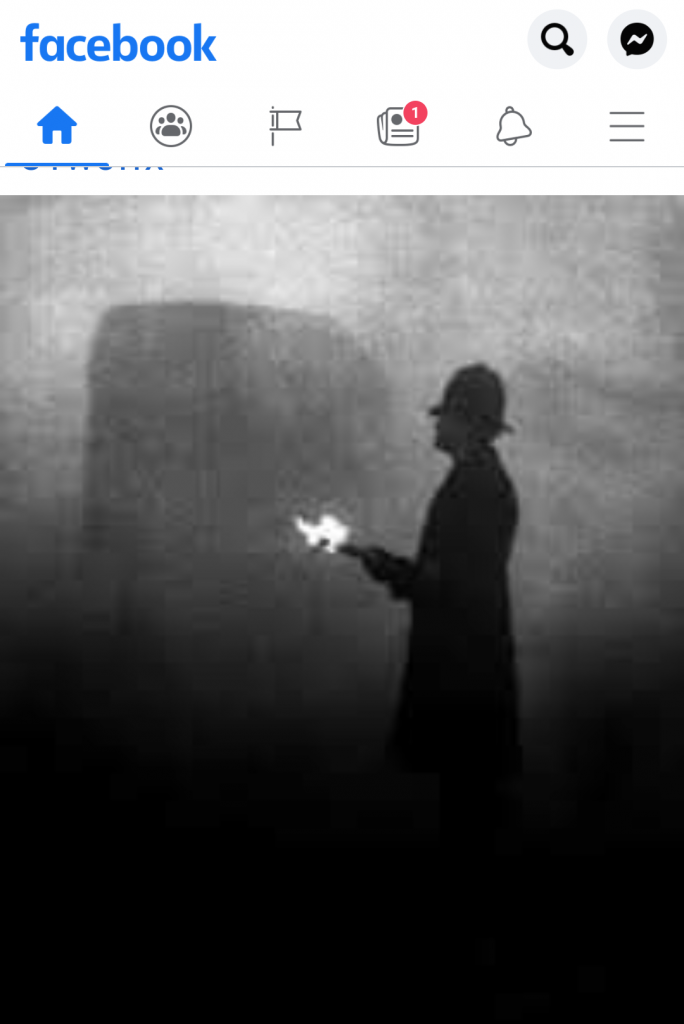
It was on this day, in 2022, that I read, in the Guardian Newspaper, that life expectancy in the UK is reducing for the first time in 200 years, (and that in parts of the UK it has gone down by 10 years during the time of austerity) it is also the anniversary of the Great Smog of 1952.
I’m tempted to say don’t read any more of this and listen to the BBC’s excellent episode of ‘Inside Science: Killer Smog’ instead (or if you cannot use BBC Sounds, then go to the link to a Podcast at the bottom of the piece) Both pieces are based on the work of Dr. Gary Fuller of King’s College, London, detailed in his book ‘Air Pollution: The Invisible Killer’.
But, if you are still with me, what happened in 1952 changed Britain forever, but Fuller makes it clear it did not change Britain enough. What happened was that a terrible smog developed which lasted for a week, beginning on Dec 5th 1952. It killed probably 12,000 people and the hospitals, the emergency services, the mortuaries, the funeral parlours had more work to do than during the Blitz or the Cholera epidemics. Higher deaths than normal were still occurring as late as January 1953,
What changed Britain was that it finally persuaded people that coal-polluted air was a killer. People had debated it since the Victorian period, but did very little about it, some even believing smoke was good for you. After 1952, it was clear what a killer smog was. In 1956, a reluctant government introduced the Clean Air Act which established zones where only smokeless fuels could be used, and other measures including dispersal of polluting industries from the towns, and taller chimneys. This eventually cleared up the problem.
Job done, or so we all thought. Dr Gary Fuller tells us that we are incapable of dealing with more than one pollution threat at a time. In 1962, another smog, created by sulphur dioxide pollution, killed perhaps 1,000 people in London. And London still has a lot of air pollution, not just from traffic fumes, and it is still killing people.
Traffic pollution in London is being dealt with more aggressively, partly as a response to a brave coroner who found that a 9-year-old girl, Ella Kissi-Debrah, died because of air pollution. (girls-death-contributed-to-by-air-pollution-coroner-rules-in-landmark-case). The London Mayor is finally addressing this issue by, first creating and then expanding, the Ultra Low Emission Zone, to encompass all the London Boroughs. This has been very controversial as it has meant many people having to sell cars that do not meet the standard. It has an unfortunate byproduce which was that it enables the unpopular Conservative Party hanging on, by the skin of their teeth, to Boris Johnson’s old constituency. Results in other by-elections and opinion polls suggested they would lose it. Since, then, the Rishi Sunak Government has gone full petrol head, rowing back on Climate Change targets in various areas.
Another front against car pollution are the Local Traffic Neighbourhoods which were set up by local authorities using COVID-19 legislation to introduce traffic reduction methods by blocking off many neighbourhood roads from through traffic. These have been fought tooth and nail by its opponents, but generally has not affected local government elections.
But much less well known are other threats. For example, there is an increasing threat from trendy wood burning stoves which are very polluting, and yet their sales are soaring as people seek ways of mitigating soaring post-Ukraine war electricity prices. Agriculture is very polluting too, with fertiliser, and manure mixing with urban pollution to create dangerous particulates. It turns out that the most polluting time of the year is not Autumn, nor Winter but Spring because of this agricultural activity.
The 1952 episode was created by a temperature inversion which kept a blanket of cold damp air over London, stopping pollutants being dispersed and blown away. What made it such a killer was that Britain, in post-war austerity (this time introduced by the Labour Party) meant that we were exporting our top grade coals and allowing domestic users to use terrible stuff called ‘nutty slack’ which was sludge, dust, and fragments of very low grade and therefore very smokey coal. 18% of the coal used was domestic, but it contributed 60% to the emissions. The fog was yellow and sulphuric, transport was halted as no one could see beyond their hands in front of their faces, and people had to leave cinemas because no one could see the screens.
Following our second (Conservative induced) austerity our systems are in collapse, ambulances, hospitals, water supplies in a terrible condition. Our water companies are pumping sewage into our rivers and seas, a vast tide of Food banks and warm spaces trying to help people in their bitter choices between eating and heating, and the Government has closed down the infrastructures that helped us through the COVID-19 crisis.
We need to stop being short-sighted, not just ‘solving’ one problem before moving onto the next. We need a fundamental revision of our systems to allow us to enjoy the last two of the four freedoms so eloquently expressed by Roosevelt (the subject of this year’s BBC Reith Lectures):
Air Pollution Podcast click here:
First Published on December 5th 2022, Revised and republished on December 5th 2023.
Discover more from And Did Those Feet
Subscribe to get the latest posts sent to your email.

Thanks, Kevin, for the informative and compelling article.
Thank you, its not often I bring things up to date!
Absolutely amazing…
I’d never have imagined something like that could happen.
yes, its interesting. I’ve known about it for a long time, and always treated it as of incidental interest. But the new book, puts it in context and makes it clear how much environmental danger we are unwilling to do anything much about.